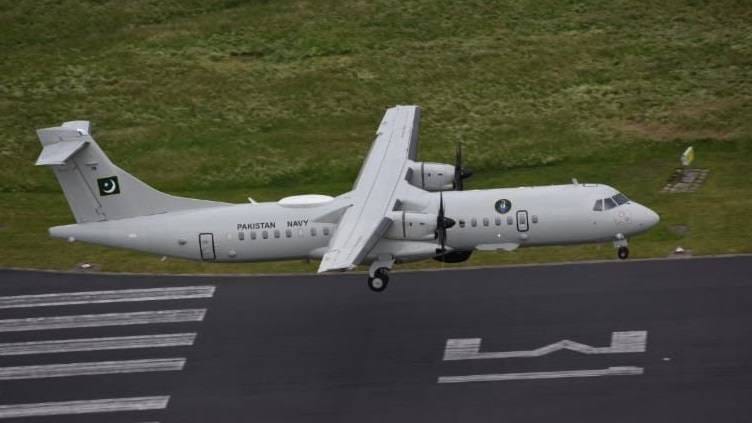Since 2016 Indian navy (IN) submarines tried to sneak into the waters of Pakistan on several occasions. Each time PN air arm long range maritime patrol aircraft (LRMPA) have tracked, intercepted and forced these submarines to surface and stopped them from entering into Pakistan territorial waters or push them out of its exclusive economic zone (EEZ).
Pakistan military media wing ISPR have shared footages of each accident where IN submarines can be seen in the infrared imagery taken from PN LRMPA.
Discussing here the detail anti-submarine warfare (ASW) capabilities of PN air arm LRMPA.
P-3C Orion
Pakistan purchased seven upgraded Ex-US navy P-3C Orion aircraft with further upgradation of these aircrafts. Pakistan received first of P-3C in 2007.
ASW systems
P-3C Orion ASW systems include
- Air deployable active receiver (ADAR) Sonobuoys (AN/SSQ-101): It’s a non-repairable sonobuoy which can receive acoustic data and capable of transmission of received real-time acoustic signals back to monitoring units. Its main purpose is to receive active search signals i.e., long-range echo detection of slow-moving quiet targets. Sonobuoys can be launched from within the main cabin and from the external hardpoints.
ADAR Sonobuoy system consists of
- Sonobuoy receiving system (AN/ARR-78V)
- Adaptive controlled phase array (ACPA) Sonobuoy antenna processor
- AQA-7 directional acoustic frequency analysis and Sonobuoy recorder.
ISAR/SAR (AN/APS-137): Multi mode operation radar capable of detecting periscope and small targets, navigation, weather avoidance, long range surface search and SAR/ISAR images mode. SAR provides detection, identification and classification of stationery targets. ISAR provides detection, classification and tracking capabilities against surface targets and submarines at snorkel level. It also provides medium to high resolution images for display and recording.
ALQ-78(V) airborne electronic surveillance receiver: It’s a search radar which operates automatically and targets hostile submarine radars. Upon receiving the radar signals from the submarine, it switched to direction finding mode to locate the submerged submarine.
Sensor suite: It consists of ASQ-81 Magnetic anomaly detector. MAD in the extended tail of P-3C Orion is able to detect the magnetic anomaly of a submarine and primarily used to detect the pinpoint location of a submerged submarine.
Weapons: The aircraft can carry weapons in its bomb bay or also on external hardpoints. It can carry 2000lb mines such as Mk25, MK 39 and MK56. Underwing pylon can carry 2000lb and 500lb mines, rockets, rocket pods and torpedoes.
An IN Kavalari-class submarine can be seen in an infrared imagery taken from PN P-3C Orion.
RAS 72 Sea Eagle
PN signed a contract in 2015 with Germany-based company Rhineland Air service (RAS) to convert its two transport ATR-72 twin engine turboprops into Maritime patrol aircraft. According to RAS the PN received the first aircraft of its type known as RAS 72 sea eagle on 12 December 2018 in a ceremony held at Naval air station PNS Mehran in Karachi Pakistan.
Capabilities: Sea Eagle is equipped with a long range AESA multimode radar.
Electro-optic/infrared (EO/IR) sensors to deliver aerial maritime and ground surveillance.
ASW capabilities: features
- Acoustic processing system
- Sonobuoy launchers
- Broadband satellite communications system
- Electronic support measure
- Self-protection suite
Two weapons hardpoints enabling ASW and Maritime patrol capabilities.
#Oscar
#TeamPakistanStrategicForum







